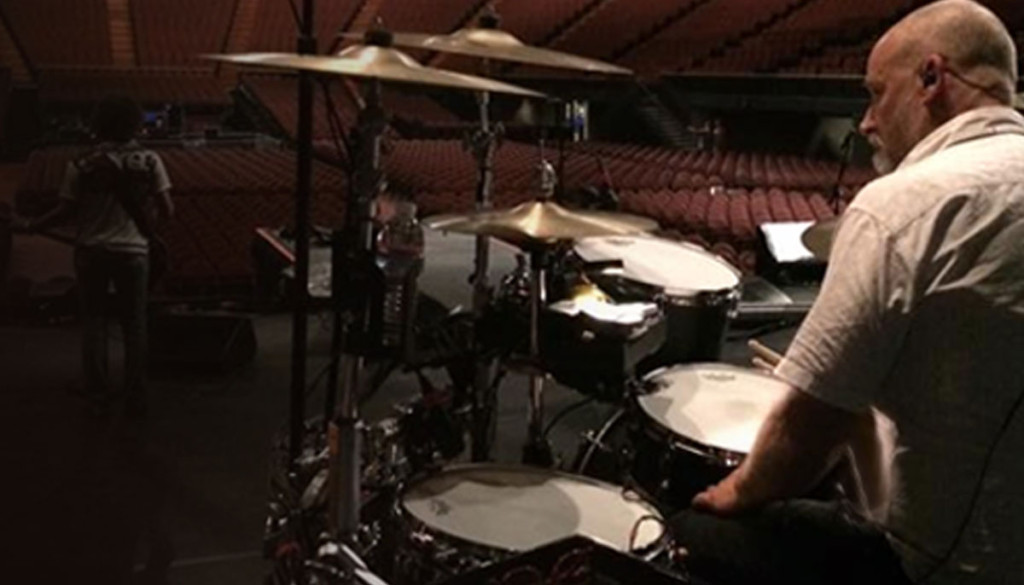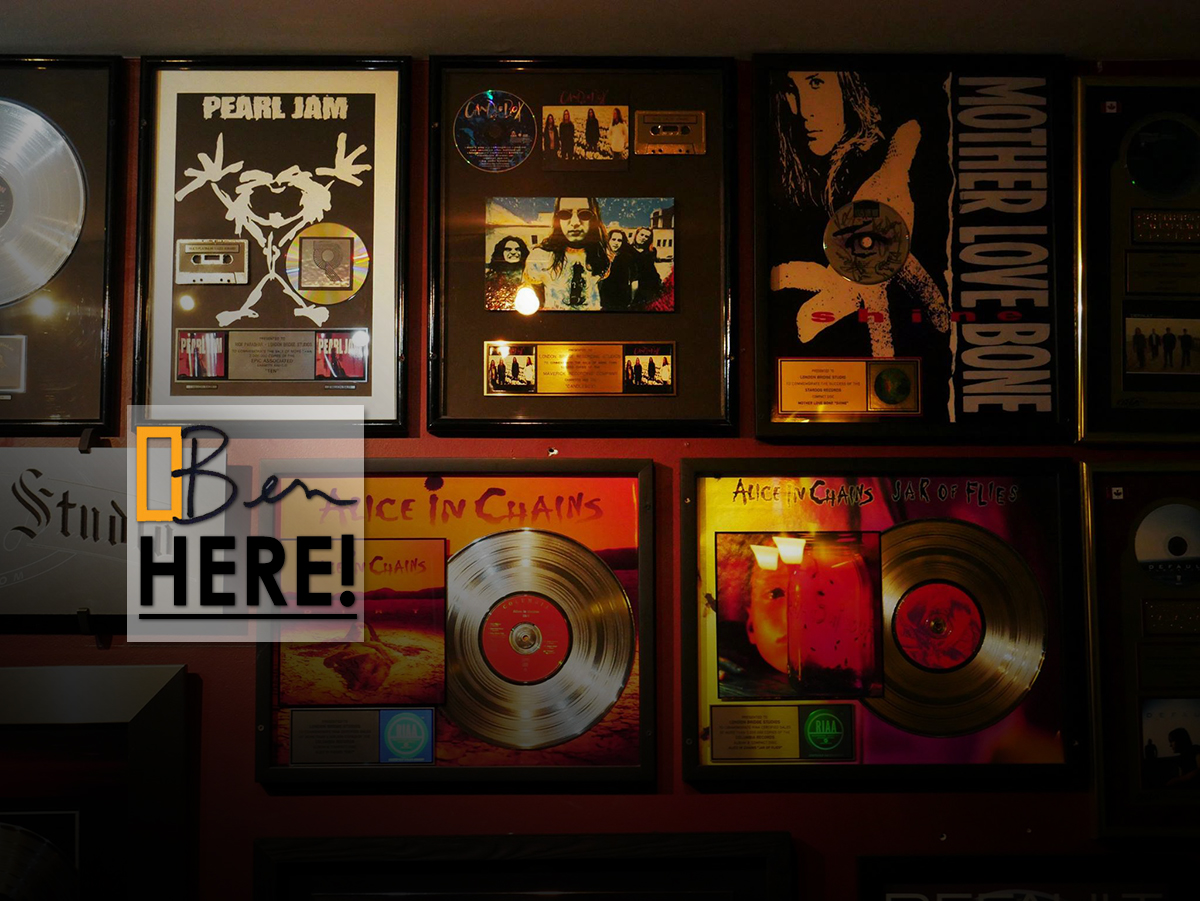 As long as I’ve been playing, I’ve realized the importance of tuning, maintaining and protecting my instruments. Playing music is the most fun I know how to have, and knowing how to take care of the gear is one of the things that helps me sound my best. As time has gone on, I’ve learned more about drum gear, and try to keep it pretty simple.
As long as I’ve been playing, I’ve realized the importance of tuning, maintaining and protecting my instruments. Playing music is the most fun I know how to have, and knowing how to take care of the gear is one of the things that helps me sound my best. As time has gone on, I’ve learned more about drum gear, and try to keep it pretty simple.
I remember early in my listening and practicing career being surprised by the different ways drummers tuned their drums. The tones I heard then and now range between very low and warm to bright and high pitched. It turns out that different styles of music, different rooms, even different songs can sound best with different tunings.
When I play with my band Heart or any other band or style of music, I’m always making sure that the drum tuning speaks to me, and plays in a fun and consistent way. My tuning, depending on who our house audio mixer is, might be anywhere from a mid-range tuning on the toms to very low and warm. I always talk to the house mixer or ask my drum tech to make sure he’s happy with the drum pitches. If he’s happy with it, he’ll know what to do with the tones to make the beauty happen in the PA system. I also talk to our monitor engineer about tuning, because he’s the one who has to make it work onstage for the band. He controls what we hear in our ears during the show, and I want to make sure we’re on the same page! It’s interesting how much the toms can get lost in a monitor mix depending on how low pitched they are. Bright drums are louder, low pitch drums are quieter, so I have to make sure I can hear and our monitor mixer can get what he needs.
I’ve recorded with Heart with Ben Mink producing a few records, who brought the talented David Leonard as recording and mix engineer. We found how much we liked low and warm tuning on those records. Some of the songs were played very softly, with great mics, so we needed short decay but lots of warm tone. The drums could get thuddy, and stay out of the way, which was fine. We even chose to use cloth towels on a couple of the songs, to get super dead toms that still had an attitude that fit the vibe we were going for.
I use Remo heads, Pro-Mark Sticks, Yamaha Drums and Zildjian cymbals. I like coated Remo Emperors and Ambassadors a lot. I often use coated Ambassadors on the top and bottom of my toms in the studio, and sometimes use coated Emperors on the tom tops live. I use coated Remo Powerstroke III heads on my kick drum batters (mallet side) and a muted single-ply front head live. In the studio I’ll often use another Powerstroke III head with a hole cut in it for the kick drum front head. Generally, I use very little kick drum muting when I’m playing rock music.
I like the frequencies that bounce around inside a drum, as long as it has the punch and attitude required by the songs or record I’m working on. I remain open to suggestions, though, when getting the tuning for my kit for a recording or live gig. At the end of the day, what matters is a sound that is lively enough to keep inspiration coming to all the musicians and engineers I’m working with, with enough character to speak well, as the drum sounds are heard by mixers. Of course, if I don’t like it, I say something and get it going so I’m happy too!! I challenge the drummers out there who aren’t sure what’s working with their drum sound to change their heads! If you have old drum heads and you aren’t crazy for the tones, try some new ones. Ask guys you like or trust what their suggestions are. I’ve done this many times, it’s great to keep an open mind.
I do like to experiment, especially in my own studio, with higher drum tuning, especially with snare drums. I have snares ranging from 12×4″ Piccolo to 15×6″ metal drums. I’ll often try a variety of tunings on my snares, until I find the one that the producer of the song (or the artist, if they are producing) thinks best. I have my favorites, and will fight for the tuning and feel I like, but have never come away from a session feeling like we missed the sound we were going for. If I’m engineering and/or producing, I take time to make sure I’m giving the song the sound that works best, not just because it’s my favorite drum. If a low thuddy drum tuning is what speaks best for the song, we use it!
Most of the guys I know who work professionally have at least a few different snare drums they use for different sounds, and often have different drum kits. I prefer to use my Yamaha kits for the stuff I do, and use the tuning to get the right feeling for the song. I’ll choose to use one rack or several, one floor or several, depending on the song and how busy the drum part needs to be. Any drum that isn’t needed comes down and the microphone is muted until we need that sound again.
I love the sounds that Zildjian cymbals provide, and have had a great time using their K cymbals, the new A cymbals and the K Light models. I prefer bigger crashes, sometimes using ride cymbals for crashes. I’ve had a great time using 15″ and 16″ hi hats recently as well. Lots of warmth, a bit quieter with a slower decay tends to be the palette I use the most. I still play with some bands and use smaller cymbals, but often end up using the larger, warmer sounds. I also have some great effects cymbals by Zildjian, and love a surprising sound! I have 19″ Trash Smash crash cymbals for remote hi hats on my Heart live kit, which always sound great.
Having great quality gear can make a huge difference in how you sound. Drums are no different that any other instrument in that regard. I’m happy to have good sounds at my disposal, and encourage all musicians to experiment to find the sound they love!






